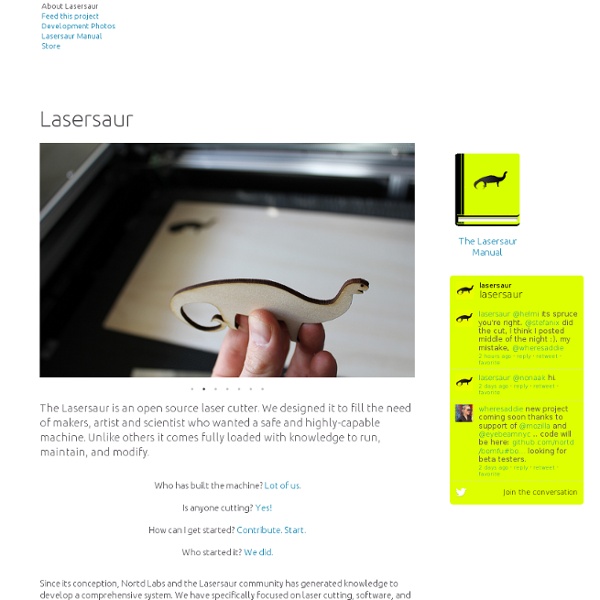Main Page - partsregistry.org
Mirrorlite Glassless Mirrors, Wall Mirrors, Dance Mirrors, Two Way Mirrors, Gym Mirrors and more!
Protei
>> 2013/04/25, 08:00 : Barcelona, Spain>> 2013/04/18, 08:00 - April 21, 20:00 : Casablanca, Morroco>> 2012/04/06, 08:00 - April 10, 20:00 Tema (Accra), Ghana>> 2013/03/25, 08:00 - March 30, 20:00 : CAPE TOWN, SOUTH AFRICA>> 2013/03/08, 08:00 - March 18, 20:00 : Port Louis, Mauritanie>> 2013/03/06 08:00 - March 11, 20:00 : Cochin, India>> 2013/03/01, 20:00 - Feb 25, 08:00 : Rangoon, Burma>> 2013/02/20, 08:00 - Feb 21, 20:00 : Singapore>> 2013/02/12, 08:00 - February 18, 16:00 : Ho Chi Minh, Vietnam>> 2013/02/07, 08:00 - Feb 8, 20:00 : Hong Kong>> 2013/02/03 : 08:00 - Feb 4, 20:00 : Shanghai, China>> 2013/01/30, 08:00 - Jan 31, 20:00 : Kobe, Japan>> 2013/01/27, 08:00 - Jan 28, 23:00 : Yokohama, Japan >> 2013/01/15, 08:00 - 16, 20:00 : Hilo, Hawaii, USA>> 2013/01/9, 17:00 : departure from San Diego, CA, USA >> 2012/11/29 : TEDxVilaMada "Nosso Planeta Agua" Sao Paolo, Brasil >> 2012/10/18 - 28 : Protei at Lodz Design Festival, Poland. Blog Origin of the name & Biomimicry Protei Community
PCB "Fab-In-A-Box" ... The 8min circuit board system
Toner Transfer Paper ("TTP") is the ideal medium for all laser printers and toner-based copiers to be able to capture and then re-fuse the image to the copper surface for etching. Toner images print perfectly to the transfer paper because the printer thinks it is a regular soft sheet of paper, however, on one side of the paper is a barrier coating called Dextrin that prevents the toner from touching the fibers of the paper. The printed circuit image is then laid face-down over the copper and subjected to high heat & pressure from the Toner Image Applicator (TIA) (or a calibrated houshold iron) upon which the toner image will re-fuse (stick) to the copper's surface. The board and paper are then submerged in a tray of water and the Dextrin coating begins to dissolve. Within a minute of being wet, the paper completely releases the toner and floats away from the board on its own.
Generation FAB by Matthew Gardiner on Prezi
Kit-of-No-Parts
I wish I had made one of these. But no, not yet. Inspired by the work of Arthur Ganson and other kinetic artists, this post features some mechanical gears assembled and sculpted from various materials such as wire and cardboard. In contrast to casting traces by applying the cast material selectively to a flat surface, molded circuitry is cast into a mold. I’m interested in being able to cast both flexible and firm conductive materials in combination with common casting materials such as silicone and epoxy. This post describes various attempts at creating molds and […] Battery pouches made from paper, plastic and fabric are quick to make and are a cheap alternative to commercially available options. This coin-cell holder is made using copper tape and a mini cloths peg. This is one of the quickest techniques for prototyping circuits, as well as an efficient and reliable way of making flat and flexible circuitry. Fountain pens can be used to draw with conductive paint. Second attempt:
Wiki
RepRap is humanity's first general-purpose self-replicating manufacturing machine. RepRap takes the form of a free desktop 3D printer capable of printing plastic objects. Since many parts of RepRap are made from plastic and RepRap prints those parts, RepRap self-replicates by making a kit of itself - a kit that anyone can assemble given time and materials. It also means that - if you've got a RepRap - you can print lots of useful stuff, and you can print another RepRap for a friend... RepRap is about making self-replicating machines, and making them freely available for the benefit of everyone. We are using 3D printing to do this, but if you have other technologies that can copy themselves and that can be made freely available to all, then this is the place for you too. Reprap.org is a community project, which means you are welcome to edit most pages on this site, or better yet, create new pages of your own. RepRap was voted the most significant 3D-printed object in 2017.
Electromagnetic Field Shielding Paints
YShield High Frequency Shielding Paint Easy to apply water-based paint for walls, ceilings, doors and other interior OR exterior surfaces. Very effective for blocking cell phone signals, CB, TV, AM, FM signals, radiofrequency radiation and microwaves. Tested highly effective up to 18 GHz! Based on a high quality pure acrylic binder, this shielding paint offers a perfect compromise of excellent attenuation, high water resistance and good ecology. Frost-resistant liquid format, ready to use right out of the bottle. Due to its holohedral carbon structure, without fibers or meshes, it offers consistent attenuation regardless of the direction of signal polarization, and a highly conductive surface. 15 month long shelf life. Important note about conductive paint and the National Electric Code: The is nothing in the NEC which prohibits painting your walls with conductive paint. YShield Liquid (Cat. YShield Liquid (Cat. YShield Liquid (Cat. Ground Kit for Y-Shield Ground Kit for Y-Shield (Cat.



